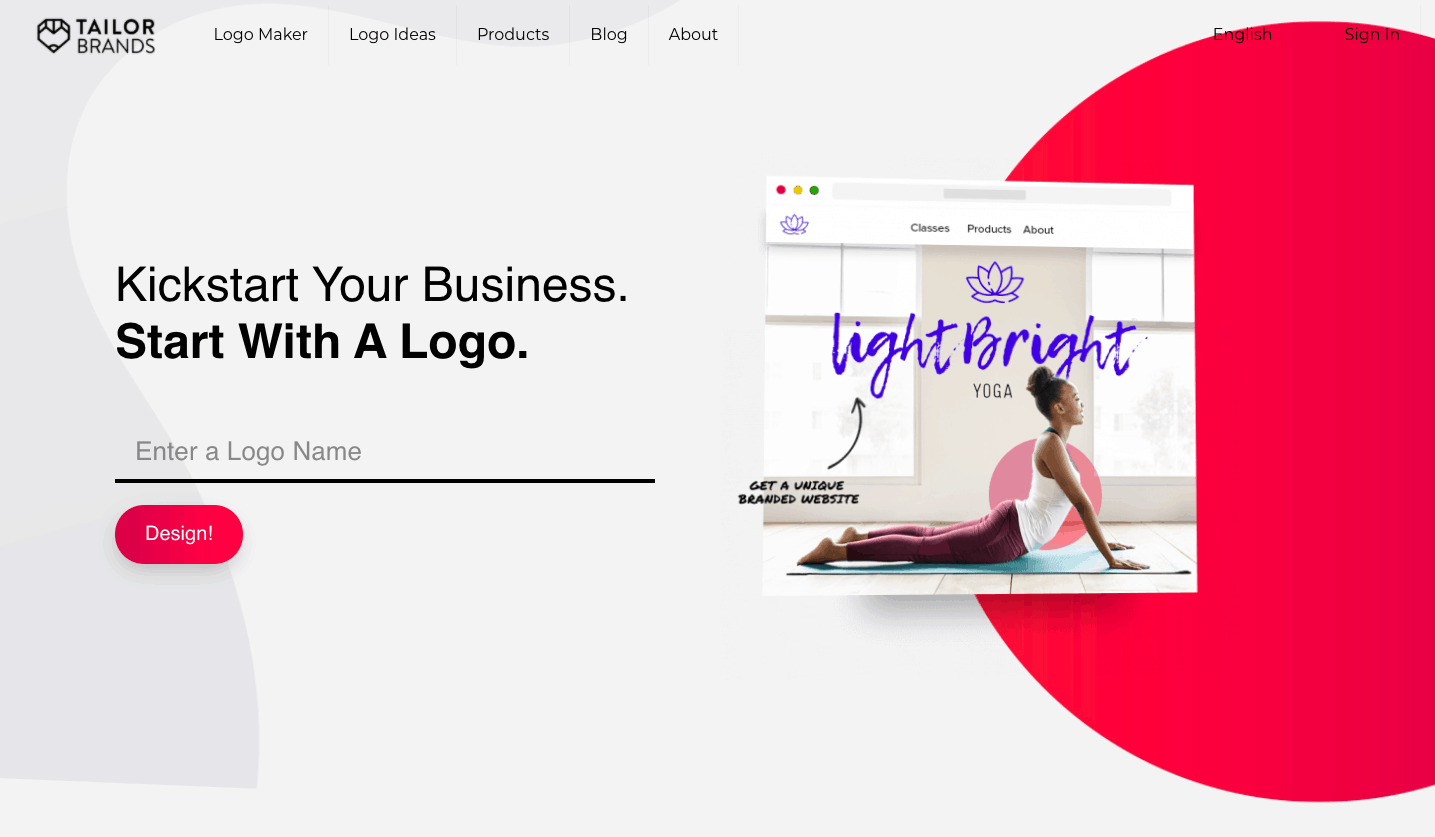
Tailor Brands: Complete Buyer's Guide
Comprehensive AI-powered branding platform
Tailor Brands positions itself as a comprehensive AI-powered branding platform that extends beyond basic logo generation to deliver complete brand identity solutions for mid-market organizations.
Market Position & Maturity
Market Standing
Tailor Brands operates within the rapidly expanding AI brand asset generator market, where the global AI logo generator segment is projected to grow at approximately 20% CAGR through 2033[37][99].
Company Maturity
Industry maturity indicators suggest stable market foundation with 75% market share for cloud-based deployments and established pricing models ranging from basic subscription tiers to enterprise custom pricing[37][42][62].
Growth Trajectory
SMB adoption acceleration, with 75% investing in AI solutions, creates market momentum supporting vendor ecosystem stability and feature development[48][49].
Longevity Assessment
Long-term viability assessment indicates positive trajectory based on market growth dynamics and implementation maturity.
Proof of Capabilities
Quantified Outcomes
Quantified performance evidence demonstrates substantial operational advantages for properly implemented AI-driven approaches. Companies achieve near-complete reduction (99%+) in design timelines, with AI logo generators consistently delivering assets in seconds versus weeks for traditional agencies[37][46]. Cost analysis shows approximately 95% cost savings, with AI solutions ranging $10-$25 per logo versus $500-$5,000 for human designers[46][47].
Market Validation
Customer adoption metrics provide market validation with 70% of SMB customers achieving payback periods under six months when using entry-level solutions[47][49].
AI Technology
Tailor Brands leverages proprietary algorithms designed to achieve higher originality rates compared to basic tools utilizing standard models[46][47].
Architecture
The system architecture centers on API-centric integration capabilities enabling connections to DAM/PIM systems for enterprise deployment[53][54][62].
Primary Competitors
Primary competitive landscape includes direct competition with Looka and Designs.ai in the mid-market segment[39][41][43], while facing pressure from enterprise platforms like Adobe Firefly and Figma that dominate industry-specific customization capabilities[42][47].
Competitive Advantages
Core competitive advantages center on comprehensive branding solutions extending beyond logo generation to include complete brand identity packages[43][49][76]. Proprietary algorithms demonstrate higher originality rates compared to basic tools using standard models[46][47].
Market Positioning
Market positioning analysis reveals strategic mid-market focus addressing the gap between basic template tools and enterprise platforms.
Win/Loss Scenarios
Win scenarios include SMBs seeking cost-effective solutions with moderate customization needs[46][47], organizations requiring comprehensive brand packages rather than single assets[43][49][76]. Loss scenarios typically involve enterprises requiring specialized industry customization or organizations prioritizing single-asset generation speed[36][42][44].
Key Features

Pros & Cons
Use Cases
Pricing
Featured In Articles
Comprehensive analysis of AI Brand Asset Generators for AI Design for AI Design professionals. Expert evaluation of features, pricing, and implementation.
How We Researched This Guide
About This Guide: This comprehensive analysis is based on extensive competitive intelligence and real-world implementation data from leading AI vendors. StayModern updates this guide quarterly to reflect market developments and vendor performance changes.
120+ verified sources per analysis including official documentation, customer reviews, analyst reports, and industry publications.
- • Vendor documentation & whitepapers
- • Customer testimonials & case studies
- • Third-party analyst assessments
- • Industry benchmarking reports
Standardized assessment framework across 8 key dimensions for objective comparison.
- • Technology capabilities & architecture
- • Market position & customer evidence
- • Implementation experience & support
- • Pricing value & competitive position
Research is refreshed every 90 days to capture market changes and new vendor capabilities.
- • New product releases & features
- • Market positioning changes
- • Customer feedback integration
- • Competitive landscape shifts
Every claim is source-linked with direct citations to original materials for verification.
- • Clickable citation links
- • Original source attribution
- • Date stamps for currency
- • Quality score validation
Analysis follows systematic research protocols with consistent evaluation frameworks.
- • Standardized assessment criteria
- • Multi-source verification process
- • Consistent evaluation methodology
- • Quality assurance protocols
Buyer-focused analysis with transparent methodology and factual accuracy commitment.
- • Objective comparative analysis
- • Transparent research methodology
- • Factual accuracy commitment
- • Continuous quality improvement
Quality Commitment: If you find any inaccuracies in our analysis on this page, please contact us at research@staymodern.ai. We're committed to maintaining the highest standards of research integrity and will investigate and correct any issues promptly.